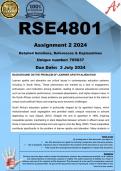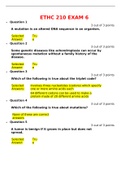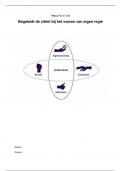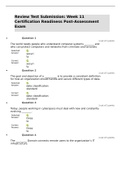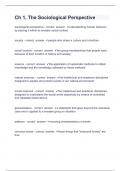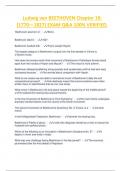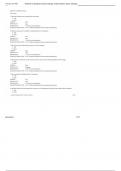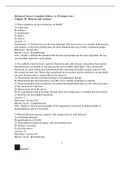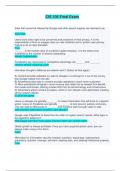Tentamen (uitwerkingen)
RSE4801 Assignment 2 (COMPLETE ANSWERS) 2024 (705037) - DUE 3 July 2024
- Vak
- Instelling
- Boek
RSE4801 Assignment 2 (COMPLETE ANSWERS) 2024 (705037) - DUE 3 July 2024 ;100% TRUSTED workings, explanations and solutions. for assistance Whats-App.......0.6.7..1.7.1..1.7.3.9......... You are an educational researcher who wants to investigate learner apathy/alienation. An important part of resea...
[Meer zien]
